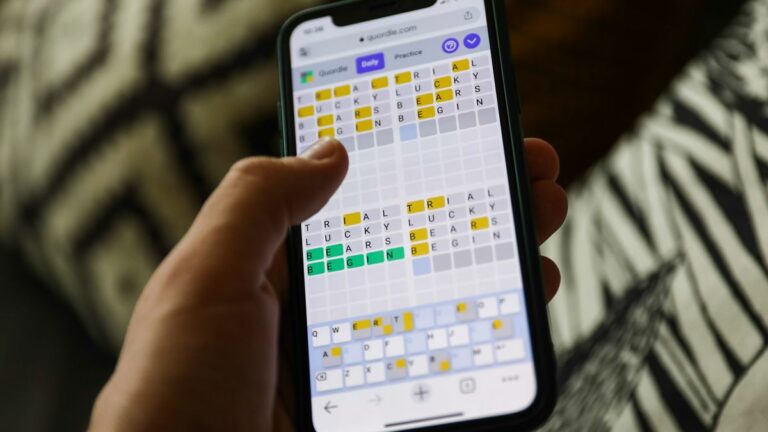If you have children, you could be getting two child tax credit payments this tax season — the federal check and one from your state. This year, 15 states are sending out additional child tax credit money. In addition, Congress is working on a plan to expand the federal child tax credit by increasing the maximum refundable amount.
Minnesota state leaders say the average child tax credit amount should be around $1,200, and they estimate roughly 300,000 residents will qualify for the credit. Along with Minnesota, California, Massachusetts, New Jersey and nearly a dozen other states have child tax credits beyond the federal benefit.
Find out below if you live in one of the states offering additional child tax credit relief and the eligibility requirements for your state. For more tax information, here’s when you can expect to receive your child tax credit, how to track the status of your refund from the IRS and our picks for the best tax software.
Which states are offering child tax credit money?
These states plan to send child tax credit checks to families in 2024. Note that not all are fully refundable, which means you may need an income to receive the full amount owed to you.
Arizona: Families can receive a non-refundable $100 credit for dependents under age 17. Taxpayers in Arizona can also receive an additional $25 per dependent above 17 years old.
California: Families who earn less than $25,000 are eligible to receive $1,000. Those earning between $25,000 and $30,000 would receive a reduced credit. The credit is only available for children under age 6 and the family must qualify for the California Earned Income Tax Credit.

Watch this: 5 Tax Tips For 2024
Colorado: Families with incomes of $75,000 or less ($85,000 for married taxpayers filing jointly) could get up to $1,200 for each qualifying child. This credit is only available for children under age 6.
Idaho: Under Idaho’s nonrefundable child tax credit, families can get $205 for each qualifying child under 16.
Maine: Resident taxpayers are eligible to claim $300 for each qualifying child and dependent under the dependent exemption tax credit. Qualifying children and dependents are the same as those who were claimed under the federal child tax credit.
Maryland: Those who make $6,000 or less could get a $500 refundable tax credit for each qualifying child under 17 years old.
Massachusetts: Families are eligible to receive $180 for one dependent or $360 for multiple dependents. To qualify, dependents must be under 12 years old.
Minnesota: Families can receive $1,750 per qualifying child. The credit phases out for single filers with income above $29,500 and $35,000 for taxpayers filing jointly.
New Jersey: The New Jersey Child Tax Credit Program gives families with an income of $30,000 or less a refundable $500 tax credit for each child under 6 years old. Households earning up to $80,000 could qualify for $300.
New Mexico: Families could be eligible for $25 to $600 per qualifying child (PDF), depending on income, through the 2031 tax year.
New York: Eligible families can either claim 33% of the federal child tax credit and federal additional child tax credit for qualifying children or $100 for each qualifying child. The state has expanded its credit to include children under age 4 — previously it was only for kids age 4 and up.
Oklahoma: Households with an income less than $100,000 are eligible to get 5% of the federal child tax credit (PDF).
Oregon: Families with an income less than $30,000 are eligible to get $1,000 for each child under age 5.
Utah: Eligible households can receive $1,000 per child between the ages of 1 and 4 years old. The amount decreases by $10 or every $1 in income that exceeds a certain income threshold.
Vermont: Households with an income less than $125,000 are eligible for $1,000 per child under age 5.
We’ll update this list as more states decide to send out child tax credit payments. To help you keep track of everything you should know about taxes this year, we’ve put together a tax season cheat sheet.



















+ There are no comments
Add yours